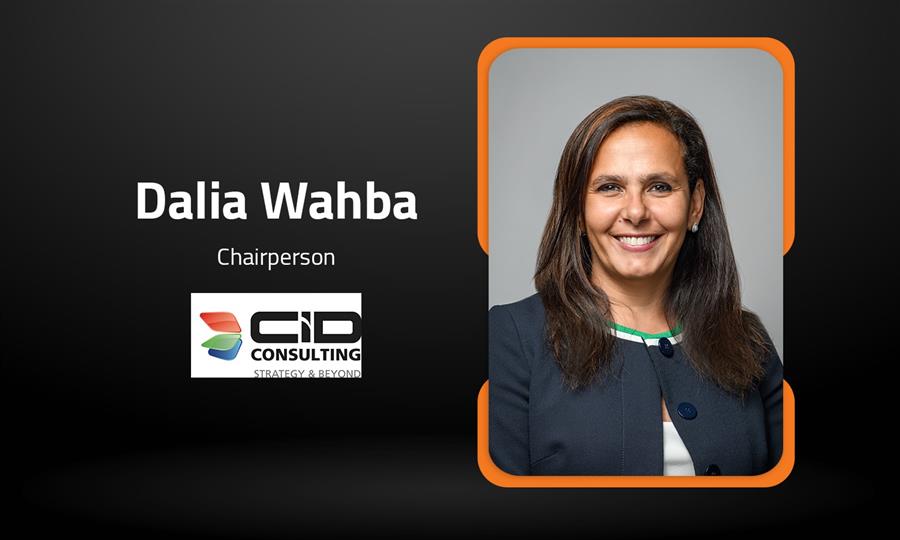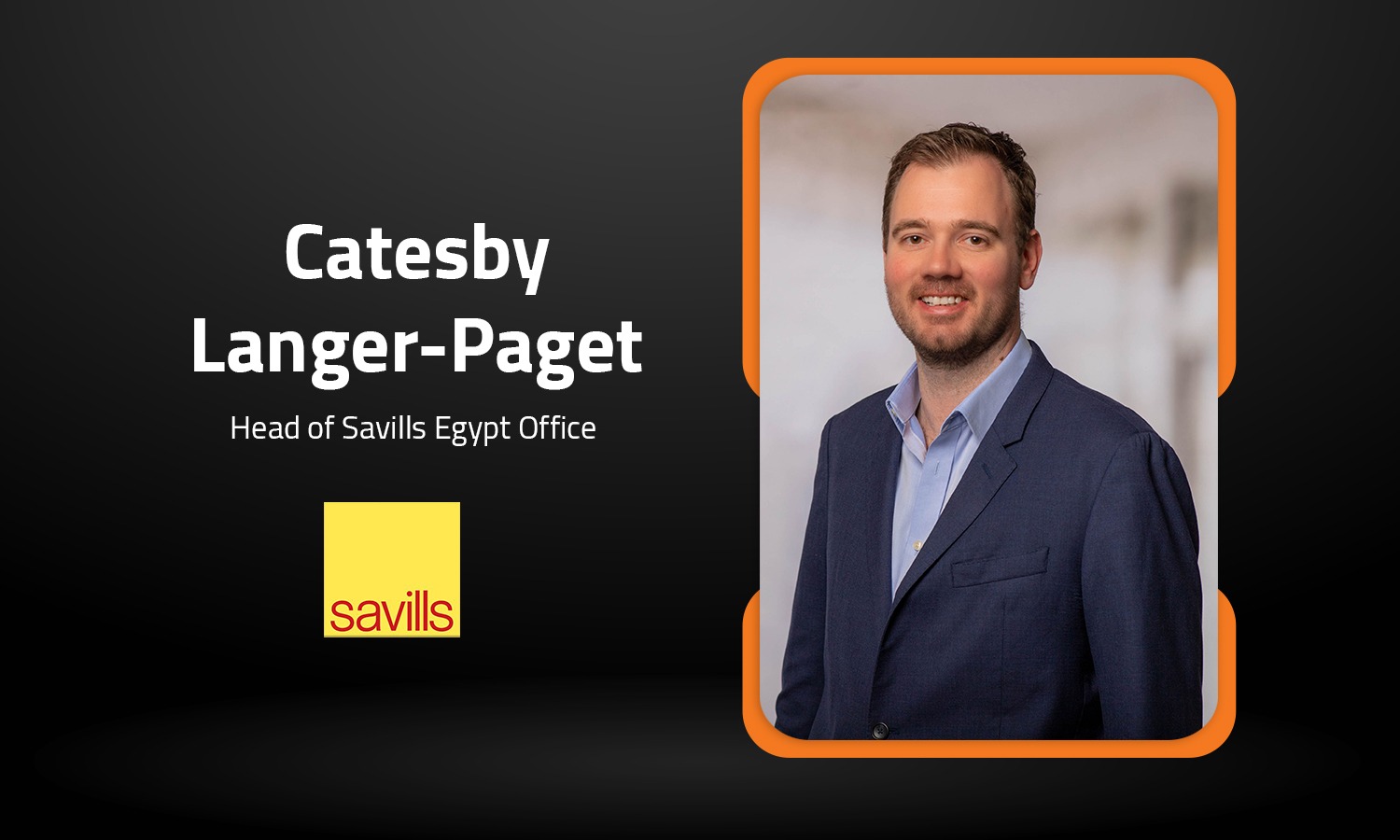Beyond Paperwork: The Rise of Digital Insurance in Egypt
Updated 5/13/2025 8:00:00 AM
In recent years, Egypt has embarked on a significant journey to transform its health insurance sector through digital transformation. Such a shift promises to unlock substantial economic benefits for the nation.
Fueled by growing awareness of healthcare’s importance and support from public-private sector initiatives, this shift is rapidly evolving the Egyptian health insurance landscape.
Digital transformation offers various economic benefits, ranging from heightened workforce productivity and optimized resource allocation to the strategic implications for healthcare investment.
The Evolving Landscape of Egypt’s Health Insurance
Egypt’s health insurance sector is rapidly changing, driven by both public and private stakeholders and the rising awareness of the importance of healthcare coverage among people.
Net assets of insurance companies, including health insurers, increased by 35.4% to EGP 242.3 billion at the end of 2023, from EGP 179.0 billion in 2022, according to data by the Financial Regulatory Authority (FRA). Meanwhile, total premiums, excluding those linked to investment policies and fund formation contracts, rose to EGP 61.4 billion.
Compensation payouts by insurance companies, excluding those for investment-related policies and fund formation contracts, reached EGP 27.3 billion in 2023, a 17.2% increase from EGP 23.3 billion in 2022, as reported by the FRA.
In October 2024, the Egypt Healthcare Authority (EHA) revealed that 870,600 people benefited from its services under the Comprehensive Health Insurance Provinces during Q1 of fiscal year (FY) 2024/2025.
During Q1 FY 2024/2025, 495 new medical services were introduced, including over 35 treatment departments across the EHA’s Facilities and 336 specialized clinics in 56 family medicine centers.
The sector is structured around two main pillars: the public sector, primarily represented by the Ministry of Health and the Health Insurance Organization (HIO), and the growing private sector. Egypt’s population of over 101 million continues to fuel demand for expanded and improved healthcare coverage.
Digital transformation in Egypt’s health insurance is centered around the Universal Health Insurance System (UHIS), supported by international partnerships with the World Bank, the Japan International Cooperation Agency (JICA), and the Agence Française de Développement (AFD).
Domestically, a key collaboration between e-finance/eHealth, the Ministry of Social Solidarity, and GAHI aims to integrate health insurance with the broader social protection network. This initiative seeks to simplify access to healthcare, improve financial stability, expand digital services, enhance resource management, and empower both public and private healthcare providers.
Driving Workforce Productivity, Strategic Healthcare Investment
Digitizing the health insurance system can positively impact Egypt's economy. Saber Shaker, an international economics professor at the Faculty of Commerce, Helwan University, tells Arab Finance: “Digitizing the health insurance system enables Egypt to streamline administrative processes, reduce fraud and errors, and improve transparency.”
Shaker, the former local economic development consultant at UN-HABITAT and former innovation and entrepreneurship consultant at USAID, adds: “These improvements lead to cost savings for government agencies and greater accountability in public spending. By integrating health insurance with wider social protection programs, such as pensions and unemployment benefits, Egypt can enhance its economic resilience.”
A cohesive digital infrastructure guarantees that at-risk populations gain prompt, extensive assistance, especially during economic downturns or widespread health emergencies. This proactive approach bolsters social stability and curtails future expenses associated with untreated health conditions, according to Shaker.
“Digital platforms reduce waiting times, paperwork, and in-person visits for both patients and providers. These efficiencies translate into measurable economic gains. For individuals, fewer hours lost to healthcare bureaucracy mean more time for productive employment or education. For providers, digital records and automated claims processing free up resources to focus on patient care rather than administrative overhead,” Shaker explains.
Altogether, this elevates workforce productivity and facilitates the reallocation of national funds from inefficiencies towards crucial investments in healthcare infrastructure and advancements, he says.
Challenges Hindering Health Insurance Digitalization
Despite the promising impacts of the digital transformation on health insurance, it can face a number of challenges. Shaker points out, “Egypt faces notable challenges in achieving full digital integration. Infrastructure disparities, especially in rural areas, limit access to reliable internet and digital health platforms.”
“Additionally, varying levels of digital literacy among healthcare workers, patients, and insurance administrators hinder effective system adoption,” he adds.
Yet, these challenges can be mitigated. According to Shaker, “overcoming these barriers requires targeted investment in connectivity, capacity building, and public awareness campaigns. These steps ensure inclusive access and equitable service delivery across all segments of the population.”
Egypt stands at a pivotal juncture in leveraging digital technologies to reshape its health insurance sector and, in turn, bolster its economic prospects. The ongoing digital transformation, spearheaded by the ambitious UHIS and supported by collaborative efforts, promises significant gains in efficiency, transparency, and workforce productivity.
As the nation navigates the evolving landscape of healthcare coverage, the strategic integration of digital solutions offers a pathway to optimized resource allocation and enhanced social resilience.
By Sarah Samir
Related News











